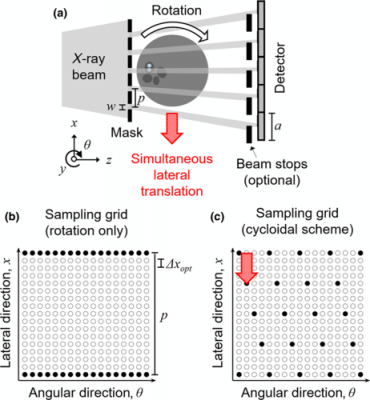Most are caused by herpes simplex virus type 1 HSV1 the virus that also causes cold sores. HSV-1 and HSV-2 on the other hand do induce production of the protein and reactivation of these viruses yields no loss of sensation or neuropathy.
 Herpes Simplex Virus Type 1 At The Central Nervous System Intechopen
Herpes Simplex Virus Type 1 At The Central Nervous System Intechopen
Encephalitis is caused by the herpes simplex virus.

Hsv 1 nerve damage. These results suggest that Il-17c is a neurotrophic cytokine that protects peripheral nerve systems during HsV reactiva - tion. Dubé et al. This is particularly noteworthy because the herpes viruses reactivate 50 to 100 times.
Herpes simplex virus 1 HSV-1 is very common and usually harmless. Encephalitis is the most serious neurological complication caused by HSV-1. Often the first.
Primary infection occurs at a mucocutaneous surface with retrograde transportation of the virus to the. Sudden sensorineural hearing loss is a striking clinical entity often of unclear etiology. These two mechanisms may lead to nerve damage through direct injury autoimmunity and ischemia of the vasa nervorum or inflammatory demyelination 56.
There was no statistically significant difference between the study groups and controls. Viral infections have been implicated in the pathogenesis of this condition especially acute or reactivated herpes simplex virus type 1 HSV-1 infection12 We present a case of sudden bilateral sensorineural hearing loss associated with HSV-1-induced auditory nerve inflammation demonstrated by MRI. These viruses remain in.
Three of the 8 human herpes virus typesherpes simplex virus type 1 HSV-1 HSV-2 and varicella zoster virusestablish latency in the peripheral sensory ganglia and persist in the host for a lifetime. Because nerve damage is often progressive it is important to consult with a doctor when you first notice symptoms. Herpes simplex virus type 1 and 2 HSV-1 and HSV-2 and varicella-zoster virus VZV.
This mechanism could explain the lack of nerve damage from recurrent HsV infection and may provide insight to understanding and treating sensory peripheral neuropathies. Procedure-related nerve damage probably accounts for HSV reactivation. More and more evidence is building that herpes viruses may use the nervous system as a highway to spread and could be interfering with normal nerve function under.
Molar extraction increases the risk of oral HSV-1 shedding but not of RHL. The herpes viruses are responsible for significant neurological morbidity. Infections can attack nerve tissues and cause neuropathy.
Corey pointed out that varicella-zoster does not appear to cause skin cells to produce IL-17c and reactivations of that virus cause painful nerve damage. Among the human herpes viruses three are neurotropic and capable of producing severe neurological abnormalities. Postulated in their study with animal models that there is axonal transport of human coronavirus HCoV OC43 protein into the nervous system.
NGF production could cause nerve damage through the overactivation of TRPV1 on sensory neurons. Radiation therapy also can cause nerve damage sometimes starting months or years later. The disease may also be caused by herpes virus type 2 HSV2.
T helper cells CD4 T cells top left coordinate with C3 to damage nerve cells upon HSV-1 infection. Both the acute primary infection and the reactivation from the site of latent infection the dorsal sensory ganglia are associated with severe human morbidity and mortality. That way you can reduce the likelihood of permanent damage.
We propose that HVEM on resident corneal macrophages increases nerve damage and immune cell invasion and we showed that prevention of late-phase infiltration of PMN and CD4 T cells by IMP therapy improved clinical symptoms and mortality and reduced corneal sensitivity loss. HSV1 infection can also be sexually transmitted to the genital area. This coordination may happen through T helper cells producing interferon which then induces myeloid cells top center to synthesize local complement proteins.
Symptoms and signs of encephalitis can include fever headache lethargy irritability confusion focal deficit. The treatment for HSV-2 encephalitis is the same as. Whereas HSV-1 latency is found only in cranial nerve ganglia HSV-2 becomes latent in lumbrosacral ganglia.
Moreover we showed that HSV-1 KOS-63 dose can affect incidence viral titers in the cornea and TG immune cell infiltration to the cornea and finally corneal nerve damage at different time. This virus can be spread by sexual contact or from an infected mother to her baby during childbirth. None of the controls presented RHL or detectable oral HSV-1 DNA.
Most people become infected by their early 20s and after the first infection the virus remains dormant in the facial nerve. The peripheral nervous system is. Viruses such as varicella-zoster virus which causes chicken pox and shingles West Nile virus cytomegalovirus and herpes simplex target sensory fibers causing attacks of sharp lightning-like pain.

